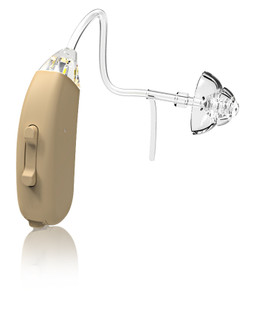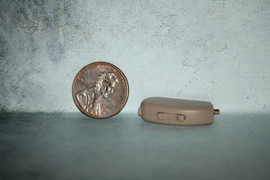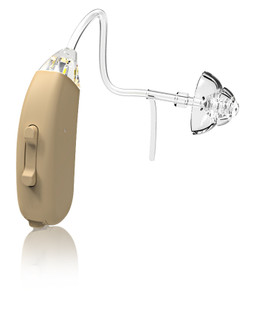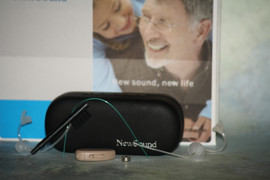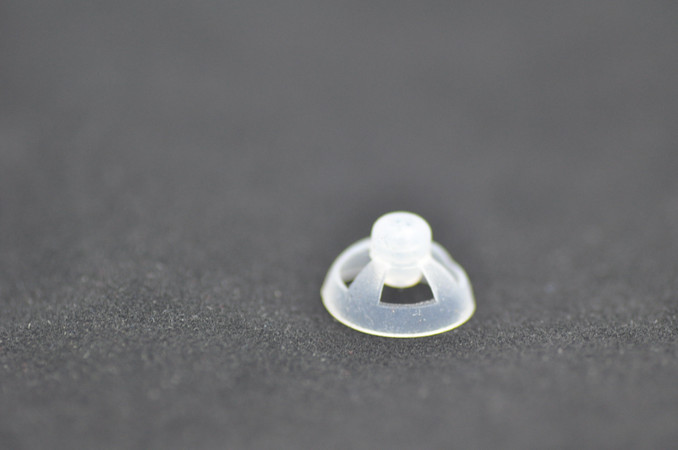The Hidden Costs of Hearing Aid Parts: A Breakdown for Consumers
Posted by DR Paul on Jul 10, 2023
If you’re one of the 48 million Americans with hearing loss, you probably know that hearing aids can be expensive. But did you know that the cost of hearing aids is just the tip of the iceberg? Every hearing aid is made up of many small parts, and these parts need to be replaced on a regular basis. It’s important to know about the hidden costs of hearing aid parts before you buy a hearing aid, so you can budget correctly for ongoing maintenance.
The most obvious parts of a hearing aid are the battery and the ear mold. The battery is the power source for the hearing aid, and it needs to be changed every few days or weeks, depending on the type of hearing aid. The ear mold is the part of the hearing aid that fits into your ear, and it needs to be replaced every few months as it can deteriorate and change shape over time (Hearing Aid Parts).
But there are many other parts to consider. For example, the receiver is the part of the hearing aid that transfers sound from the hearing aid to your ear, and it needs to be replaced every year or so. The microphone is the part of the hearing aid that picks up sound, and it also needs to be replaced every year or so. Even the wiring inside the hearing aid can wear out over time, and it may need to be replaced every few years.
The cost of each part can vary depending on the type of hearing aid you have, the brand of the part, and where you purchase it from. Batteries can cost between $2-5 per battery, while ear molds can range from $50 to well over $100 each. Receivers and microphones are usually a few hundred dollars each, and wiring replacements can easily add up to hundreds of dollars (Hearing Aid Batteries).
It’s important to factor in the cost of these parts when budgeting for your hearing aid. Many insurance plans don’t cover the cost of replacement parts, so you’ll need to plan on paying for them out of pocket. Some hearing aid manufacturers offer warranties and service plans that cover the cost of replacement parts for a certain period of time, so it’s worth looking into these options before making a purchase.
Conclusion:
Hearing aids can be life-changing for those with hearing loss, but they can also be expensive. It’s important to remember that the cost of a hearing aid is just the beginning. Replacement parts like batteries, ear molds, receivers, microphones, and wiring all need to be factored into the overall cost of owning a hearing aid. By understanding the hidden costs of hearing aid parts, and budgeting accordingly, you can make sure your hearing aid continues to work effectively for years to come.

